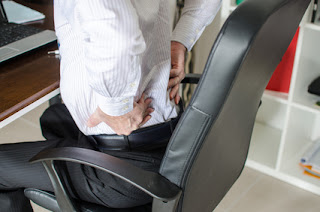Running is a popular pastime here in Austin. We see quite a few patients with runner's injuries at Texas Orthopedics, like sprains and strains or tendonitis.
There are a number of other issues though that crop up with regular running that are just par for the course, but then there are those not-so-common things that strike runners like:
Chafing
It's not fun or something people like to talk about it, but when clothing rubs excessively against a runner's chest, armpits, thighs, or groin, chafing can occur. And if you've ever experienced this painful, rug-burn like sore, it's no picnic.
Slathering skin with an emollient ointment, such as Vaseline, along with wearing sweat-wicking tops can reduce chafing.
Runny nose
Between these frigid temps and allergies, running outside may require lots of tissues! Running gets all of your bodily fluids flowing, including mucous from your nasal passage. Some runners even experience a cold-like cough when they are running, only to have it stop the second they slow down.
Stash a hankie somewhere, or use a bandana tied to your wrist...it will likely come in handy.
Potty problems
The urge to "go" while you are on a run can come quickly. There is a lot of jostling motions to your core that can impact the intestines and bladder sending you racing for a restroom on the trail.
For a longer run, or an organized race, plan your fluid and food intake the night before so you can know what to expect from your body's digestive system the next morning. And be sure to take note of public restrooms or outhouses along the way before your even gets underway.
Black toenails
When we say black toenails, we're not talking about a trendy new hue for pedicures. Runners can bet these not-so-pretty toes when shoes don't fit properly, especially if they're too small. Blood blisters literally form under the nail. It's a good idea to get your shoes professionally fitted if you are a frequent runner, and invest in good-quality socks to keep both your toenails and feet healthy.














